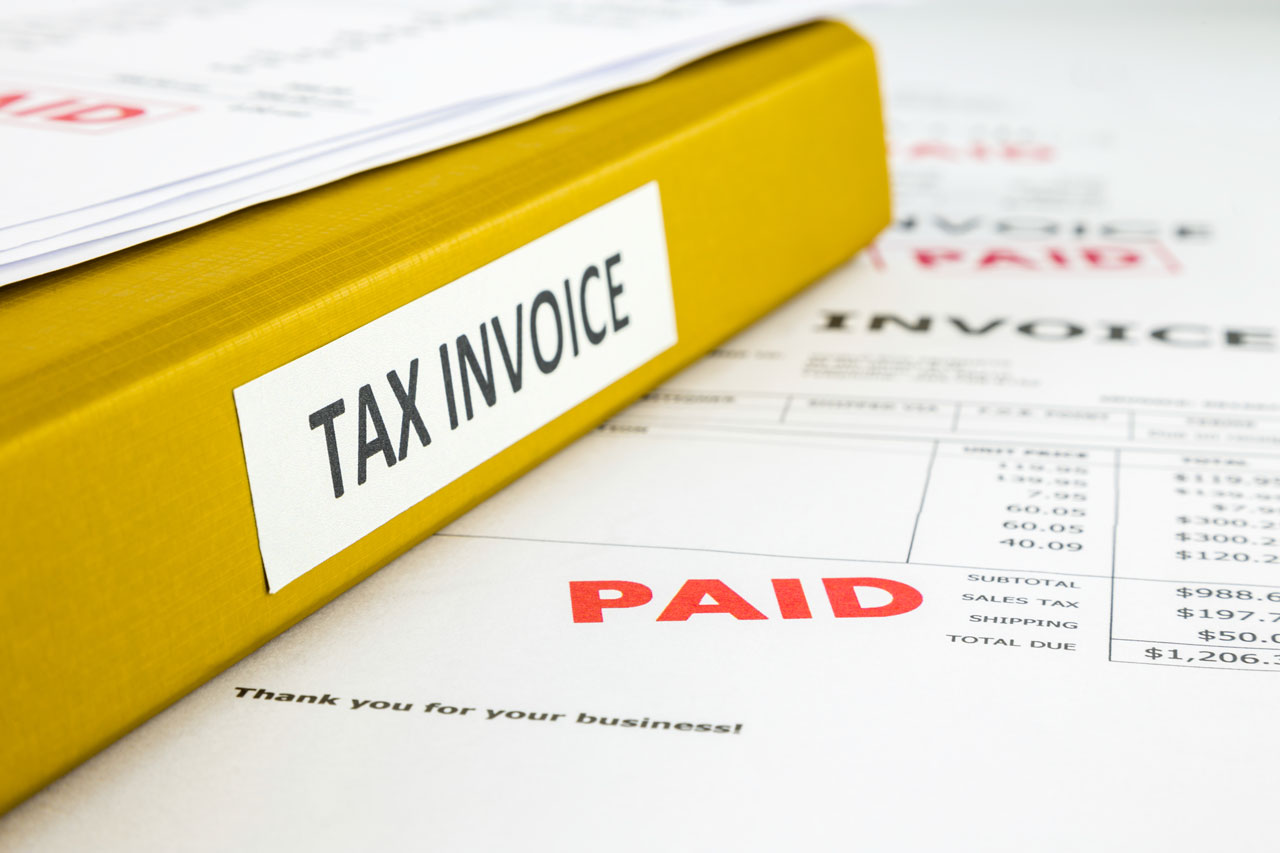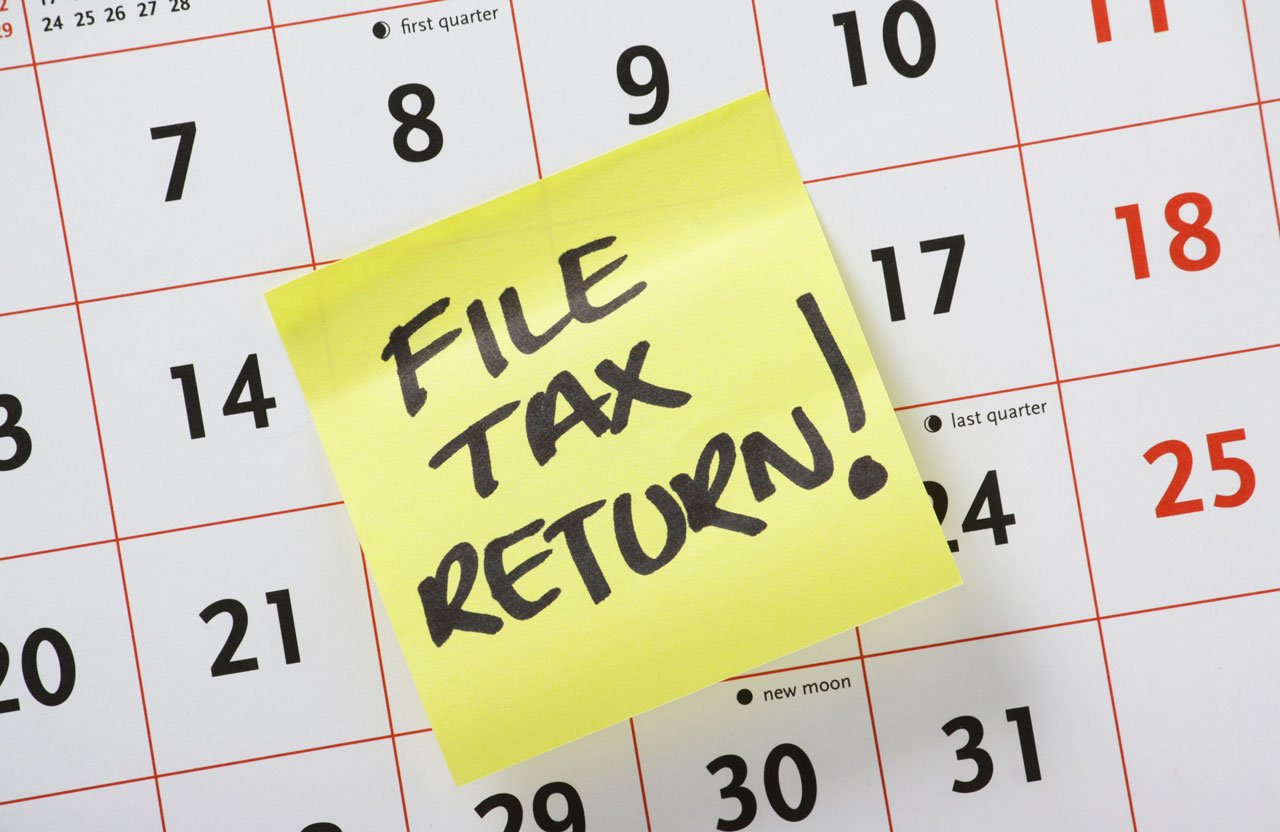2018-01-11T07:01:00
(BPT) – Self-employment offers the perks and benefits of not working for someone else, but often means taking on risks and becoming responsible for providing a valuable product or service, generating income and having a steady customer base. With all of this considered, along with the newly enacted tax law, filing your taxes should be the last of your worries, so consider these five tax tips to breeze through the tax process.
1. Reporting income

It’s important to keep in mind that when you are self-employed, there is no employer automatically withholding tax from each paycheck. Since self-employed income is not reported on a W-2, you must report your income and expenses on a Schedule C (Form 1040) as part of your individual tax return. Your expenses should directly offset your income. You can show a loss, but generally must show a profit for three out of five years in order for the IRS to recognize your activity as a business, not a hobby.
2. Understanding the Self-Employment Tax

The IRS explains the self-employment tax as the equivalent to a Social Security and Medicare tax. Self-employment tax equals 15.3 percent on the first $128,400 of net income and then 2.9 percent on the net income that is in excess of $128,400. The Social Security tax component of the self-employment tax is 12.4 percent, but note that one half of your self-employment tax is deductible as an adjustment to income. If your profits are more than $200,000 ($250,000 on joint returns), the excess is subject to the 0.9 percent additional Medicare tax.
3. Paying taxes

Because you’re earning income without tax withholdings, you are 100 percent on your own. In order to fulfill your tax payment requirements, you should make quarterly estimated tax payments throughout the year as they are required by the IRS. If they aren’t made, you may be at fault and subject to pay an estimated tax penalty, even if you pay your entire tax liability by April 17. These payments can be made electronically with Form 1040-ES.
4. Claiming a home office deduction

Nowadays, more people are given the opportunity to work and grow their business from their homes. Claiming a home office deduction is a more simplified process than it has been in the past and will allow you to deduct expenses for the business purposes of your home. If you are self-employed and qualify for the home office deduction, you can deduct a percentage of your qualified home expenses as a business deduction, including rent or mortgage, insurance, utilities, maintenance costs and depreciation.
Inside the home
To qualify for a deduction, the office must be in a separate room or area of your house. It can also be part of a room, but the area would still have to be used exclusively and regularly for business, so your dining room table where you also eat would not count. However, a desk or table in your bedroom used solely for business is acceptable.
This deduction is based on the square footage of the office in comparison to the size of your entire home or apartment. If you meet the regular and exclusive tests to claim a home office deduction, you may be eligible for a “safe harbor” deduction — a simplified way to figure your deduction. The safe harbor method will allow you to eliminate complicated record keeping and forms for the deduction.
Outside the home
Even if you have an office outside of your home, you may qualify for deductions if you use part of your home for storing inventory or product samples. To qualify, you must meet the following requirements:
- You sell the stored products at wholesale or retail prices as your business.
- You use the storage space on a regular basis.
- The storage space is separately identifiable from the other parts of your house.
5. Filing taxes

The tax filing process may seem intimidating, especially when requirements and guidelines are different for the self-employed. For example, as a self-employed individual, you are required to file a tax return if your net earnings from self-employment are $400 or more, even if the $400 is your only income. But, when self-employed taxpayers have confidence in their tax preparation method, they can focus more on their business and worry less about their taxes.
If you find yourself filing incorrectly or have questions, H&R Block’s online products are designed to guide you through preparing and filing an accurate tax return. H&R Block has added a new Self-Employed product, which makes personalized recommendations and asks questions about different types of income, startup costs and expenses. This is specifically designed for self-employed workers and small business owners who file Schedule C. Also, all DIY online clients can use Tax Pro ReviewSM to get their completed DIY return reviewed by a tax professional — without going to a tax office.
To learn more, visit https://www.hrblock.com/online-tax-filing/, or you can make an appointment with a tax professional.

